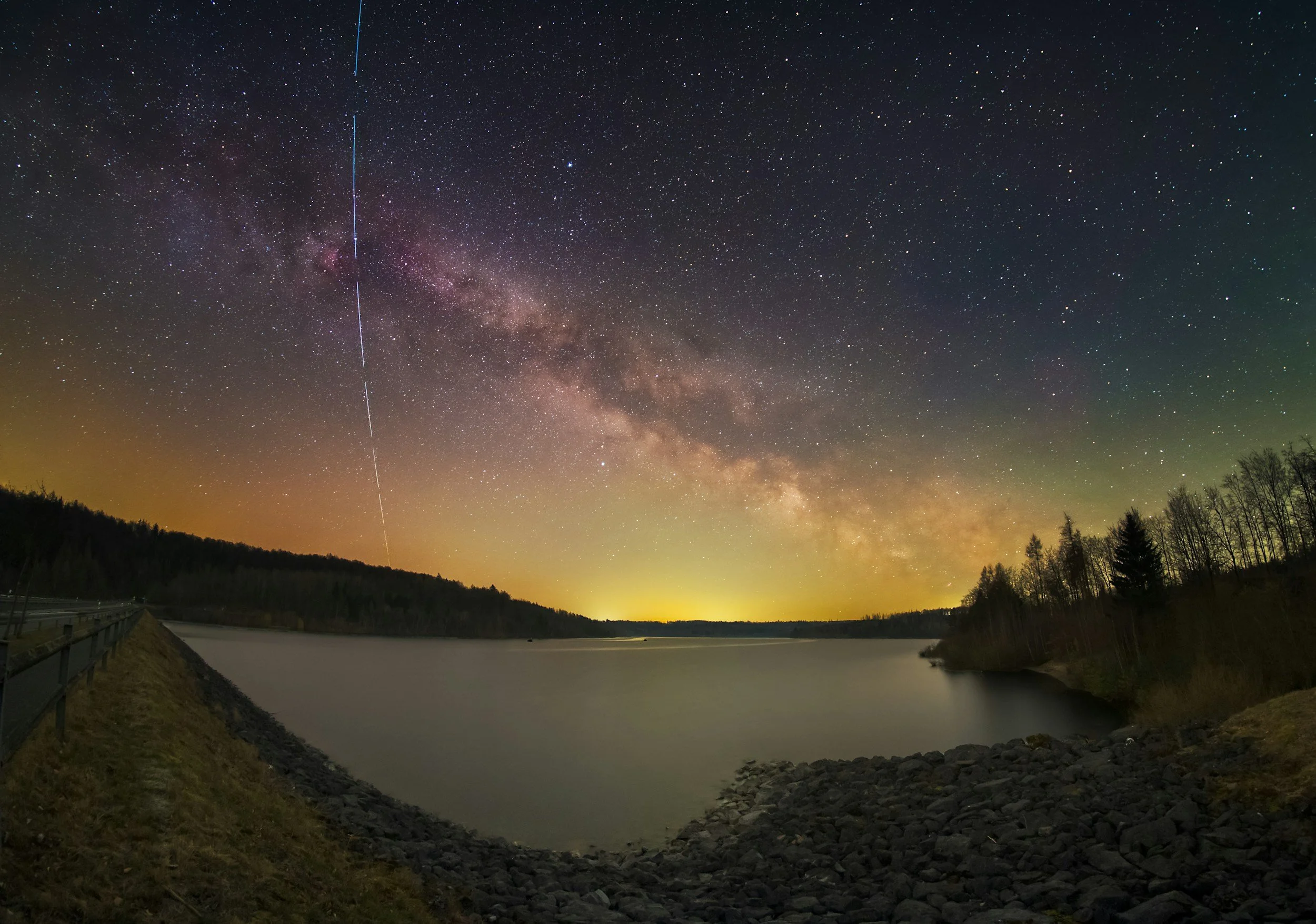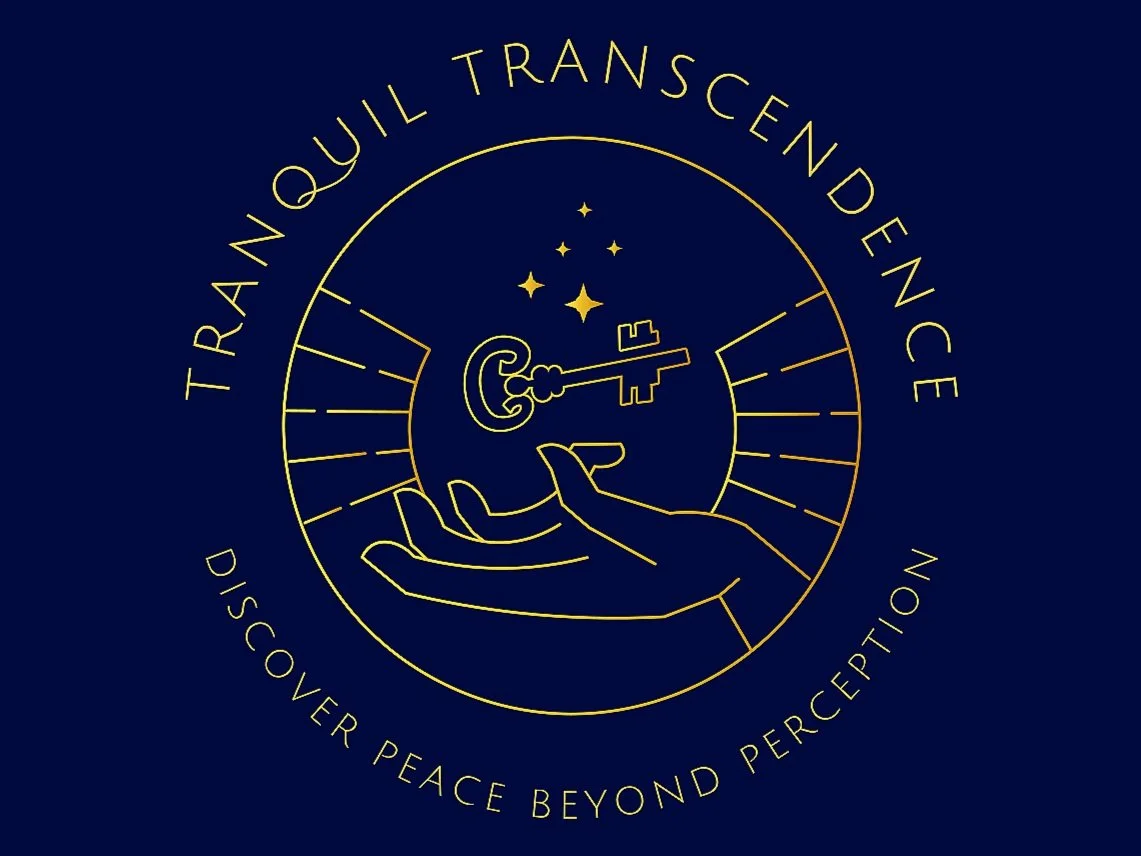
Set & Setting: In‑Depth Guide for Psychedelic Sessions
What Are Set and Setting?
Set = Your internal world before the session.
Includes:
Mindset
Mood
Expectations
Mental health
Life situation
Cultural background
Past experiences
Setting = The external world during the session.
Includes:
Where you are
Who you’re with
What the space looks, sounds, and feels like
The social and emotional atmosphere
What environment you’ll return to afterward
Think of it like this:
Psilocybin is not the driver — it’s the amplifier.
It brings your inner and outer world into focus, turning up the volume on what’s already there.
Why They Matter (Especially for Recreationally Users)
Most people don’t take mushrooms in a clinical trial—they take them recreationally: at home, at festivals, in the woods, with friends, or alone.
But this is where problems often begin.
Most "bad trips" don’t happen because the mushrooms were bad. They happen because the person's set and setting weren’t right.
Common mistakes:
Taking mushrooms during a stressful time (breakup, grief, burnout)
Being in an unsafe or chaotic place
Being around people who don’t understand or support the experience
Taking them just to "escape" or "get high" without intention or preparation
Real-life factors that shape the journey:
Factor Example
Mindset- Depressed, anxious, or emotionally unstable
Intentions - Using mushrooms to run away from pain instead of healing it
Location - A messy bedroom, loud party, or unfamiliar space
Company - Distrustful or chaotic people who don't understand what you're going through
Life context - Returning to a toxic home or stressful job immediately after the trip
In plain words:
If your head and heart aren’t in a good place, and you’re in an environment that doesn’t support your experience, mushrooms can feel overwhelming, scary, or even traumatizing.
Elements of “Set” — The Mindset You Bring In
Mental & Emotional State
Are you already feeling heavy or off-balance?
Mushrooms will likely bring that to the surface, not push it away.
Research shows that unresolved trauma, high anxiety, and lack of emotional preparation are major risk factors for difficult experiences.
— Johns Hopkins Psychedelic Research Group
Intention
Before you take psilocybin, ask yourself:
Why am I doing this?
What am I hoping to understand, feel, or let go of?
Am I doing this to heal, grow, or escape?
Even a simple intention like “I want to reconnect with myself” can guide the experience in powerful ways.
Cultural Identity & Worldview
Your values, beliefs, and life story affect how you interpret what happens.
In therapy or ceremonial settings, acknowledging your identity and culture helps you feel safer and more grounded.
Elements of “Setting” — The Space Around You
Physical Space
Your surroundings become part of the trip:
Cozy, quiet rooms with soft lighting feel safe and nurturing
Nature settings can be profoundly peaceful — if you feel safe there
Cluttered or noisy environments can increase anxiety or confusion
Music & Aesthetics
Music is like an emotional compass during the journey.
Studies show that:
Instrumental, ambient music supports introspection
Lyrics or loud, fast-paced music can be jarring
Choose calming visuals, smells (incense, essential oils), and textures (pillows, blankets) to feel physically and emotionally held.
Social Environment
Ask yourself:
Do I fully trust the people I’m with?
Can I be vulnerable, cry, or be silent without judgment?
Will they stay calm if I get emotional or overwhelmed?
Having a grounded friend or trip-sitter can make all the difference.
The Return Environment
Don’t forget what happens after the trip:
Are you going back into a stressful or unsafe situation?
Do you have time to rest and integrate?
Who can you talk to about what came up?
The return is half the journey.
ReSPCT Guidelines: A Clinical Standard
The 2025 ReSPCT Checklist gives researchers and therapists a consistent way to set up healing psychedelic experiences.
It includes:
Physical comfort (lighting, seating, warmth)
Therapist support (background, training, diversity)
Structured timeline and breaks
Emotional containment and safety planning
Many of these tips apply to recreational users too!
Summary: Set and Setting in Simple Terms
Psilocybin makes your inner world louder and your outer world more vivid.
If either of those are unsafe or chaotic, the trip might reflect that.
But if you create space — physically and mentally — for honesty, safety, and self-care, mushrooms can show you truth, beauty, and deep healing.
Final Takeaway
The key to a safe, powerful mushroom experience isn’t just the dose — it’s the context.
Prepare your mind. Prepare your space. Support yourself.
“Set and setting” aren’t just buzzwords.
They’re the foundation of every psilocybin journey — whether it's in a clinic, a forest, or your own living room.
References & Further Reading
Griffiths et al., 2016 – Psilocybin can produce mystical-type experiences and reduce depression when set/setting are carefully controlled (JAMA Psychiatry)
Hartogsohn, 2017 – History of set and setting theory (PMC Article)
ReSPCT Guidelines, 2025 – Clinical standards for psychedelic research settings
MAPS, Frontiers, Evolute Institute – Ongoing clinical, therapeutic, and cultural exploration of safe psychedelic use
Wavepaths, Spotify – Curated playlists for psychedelic journeys
Zinberg (1984) – Drug, Set, and Setting – foundational work in substance use psychology

